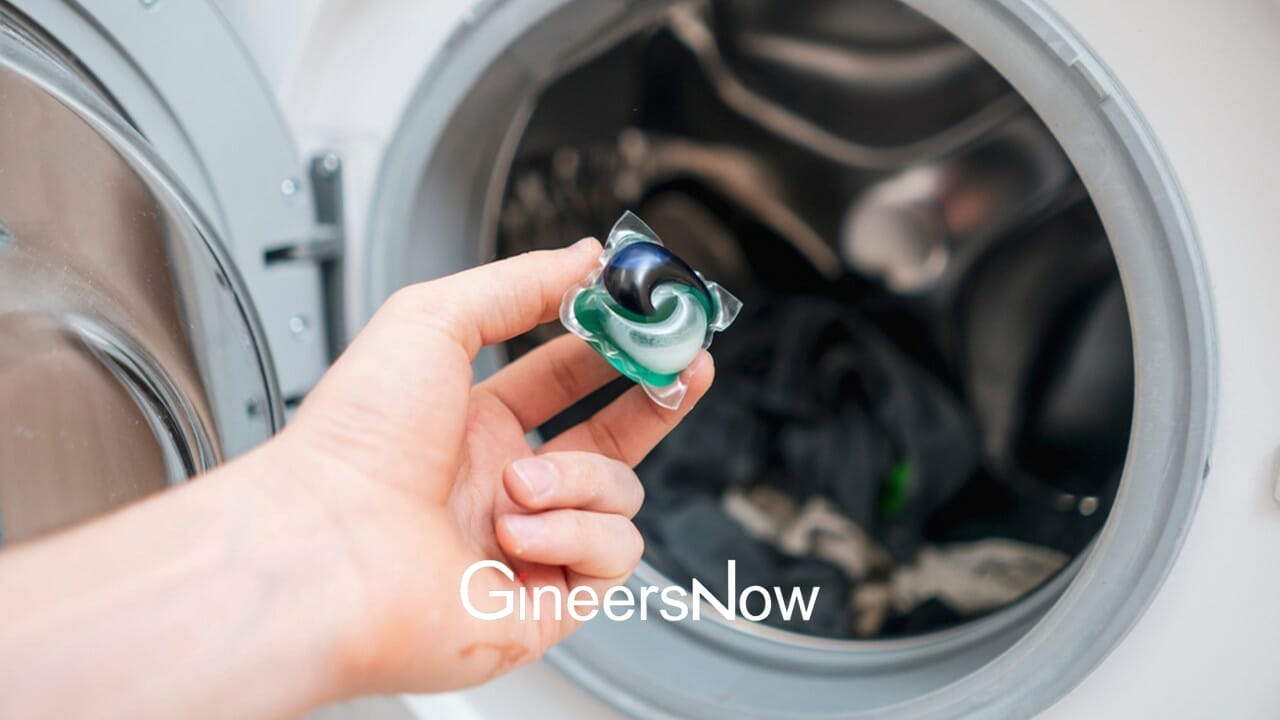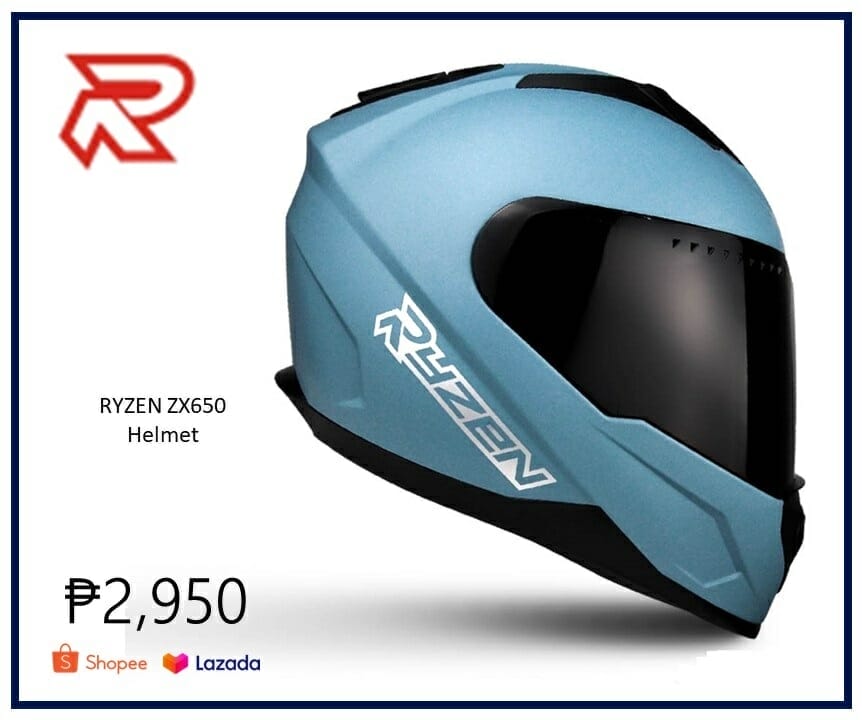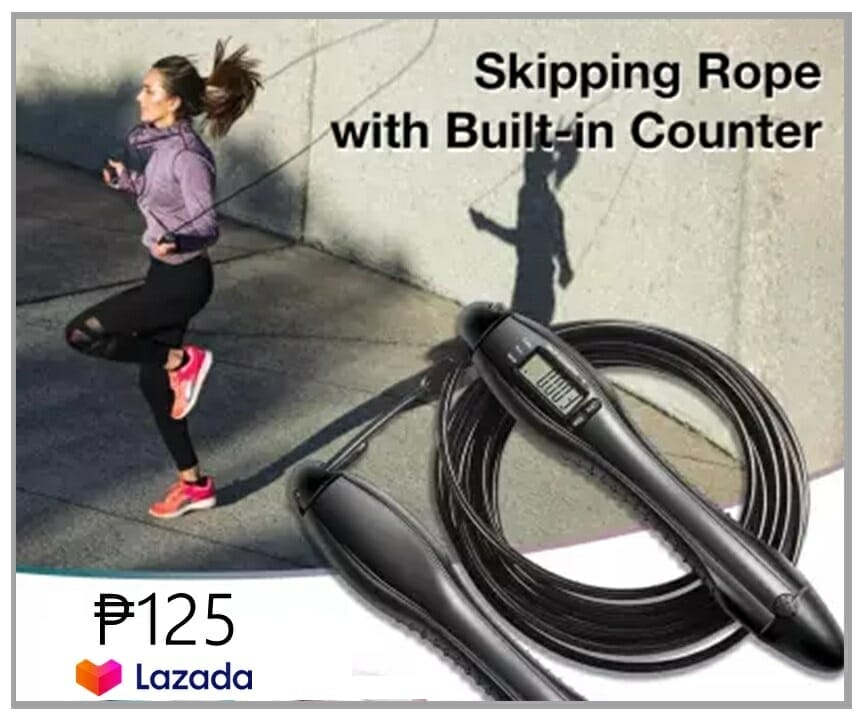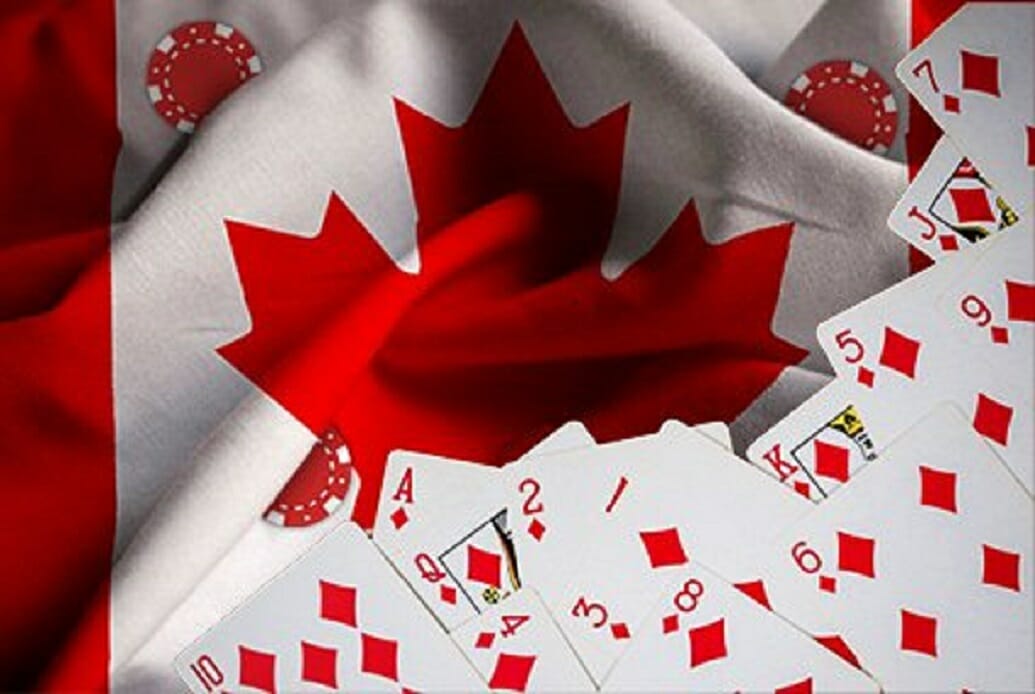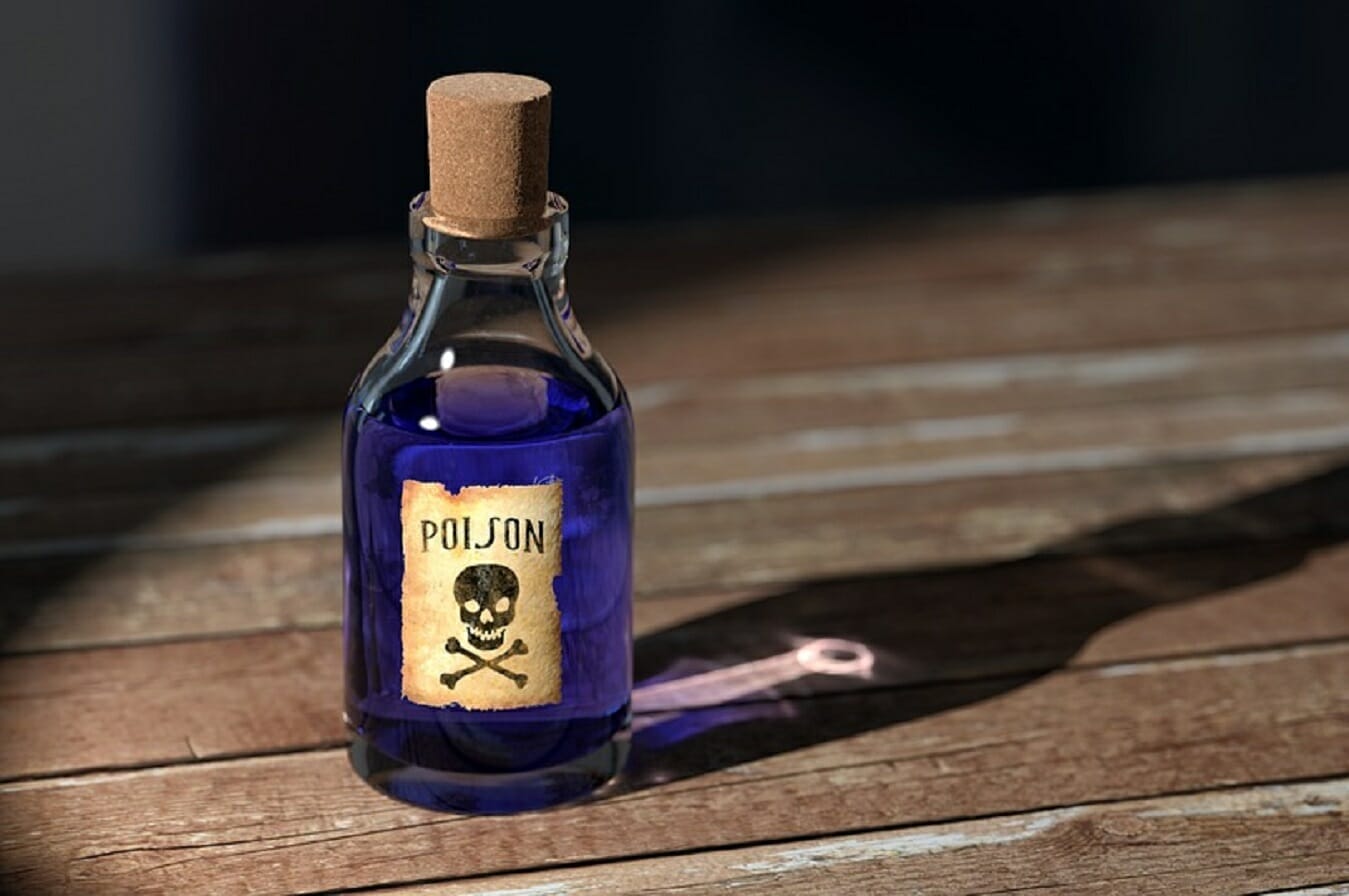With the several compounds and chemicals surrounding your homes and offices, keeping tabs on what they are and how they’re made can be hard. Take the case of polyvinyl alcohol or PVA.
PVA is often confused with another synthetic chemical called polyvinyl acetate simply because it shares the same acronym. While polyvinyl alcohol is used in various applications and usually comes as a white powdery substance, polyvinyl acetate is resinous and non-water soluble. It is, however, one of the components of polyvinyl alcohol and is popularly used as a glue component.
PVA manufacturers and industrial consumers consider polyvinyl alcohol a wonder chemical, and the demand for such a product is seen to grow to more than six percent compound annual growth rate (CAGR) from 2021 to 2026.
Find out what PVA is, how it’s made, and how it’s used in residential and industrial settings.
What Is Polyvinyl Alcohol?
Polyvinyl alcohol is a synthetic compound that dissolves in water. It starts as a mixture of polyvinyl acetate and ethanol, or a form of alcohol used in multiple industrial and manufacturing applications, from pharmaceuticals, plastics, cosmetics, and even in beverages such as wine and beer. Other compounds are added to this organic compound to encourage various chemical reactions.
However, unlike other synthetic polymers, polyvinyl alcohol is safe, odorless, biodegradable, and effective in resisting oils and greases, although it’s not used as an active cleaning agent. It can also be used in various medical and food packaging products, as it is recognized by the United States Food and Drug Administration (US FDA) for specific uses.
How Is PVA Made?
Creating PVA involves two primary chemical reactions: polymerization and hydrolysis. Polymerization is the process of manufacturing polymers—a chemical compound consisting of small molecules that can be arranged or combined to form a larger molecule. Meanwhile, hydrolysis is the chemical process of using water to create two or more new substances.
To make polyvinyl alcohol, laboratory and industrial chemists produce nature-identical ethylene to create vinyl acetate by adding acetic acid and oxygen into the mix. It’s then polymerized and dissolved in alcohol to turn it into a water-dissolving polymer that is polyvinyl alcohol.
In some instances, chemists can also use heat and other additives to dissolve polyvinyl acetate in ethanol or methanol. This procedure allows the isolation of polyvinyl alcohol from the mixture.
What Makes Polyvinyl Alcohol Essential In Multiple Industries?
PVA possesses several traits that make it an essential component in multiple industries. It can be used as an additive to the following sectors:
Cleaning Products
While not considered an active cleaner, household cleaning manufacturers use this compound to prevent grease, dirt, and oil from sticking back to the fabric while washing. It’s also commonly added to dishwashing products because of its water-soluble and grease-resistant properties.
Food Products And Packaging
As an effective thickening agent, PVA is used in multiple food applications, for instance, as a glazing ingredient. Because it’s safe and grease-resistant, PVA films are utilized in food paper wraps to keep food safe and protect it from spoilage. PVA is also a barrier to carbon dioxide in some plastic bottles.
Medical
Pharmaceutical companies use this chemical to make capsules or lubricants for dry eyes. PVAs are also added to various medical devices, including contact lenses, artificial cartilages, heart linings, and catheters, to name a few.
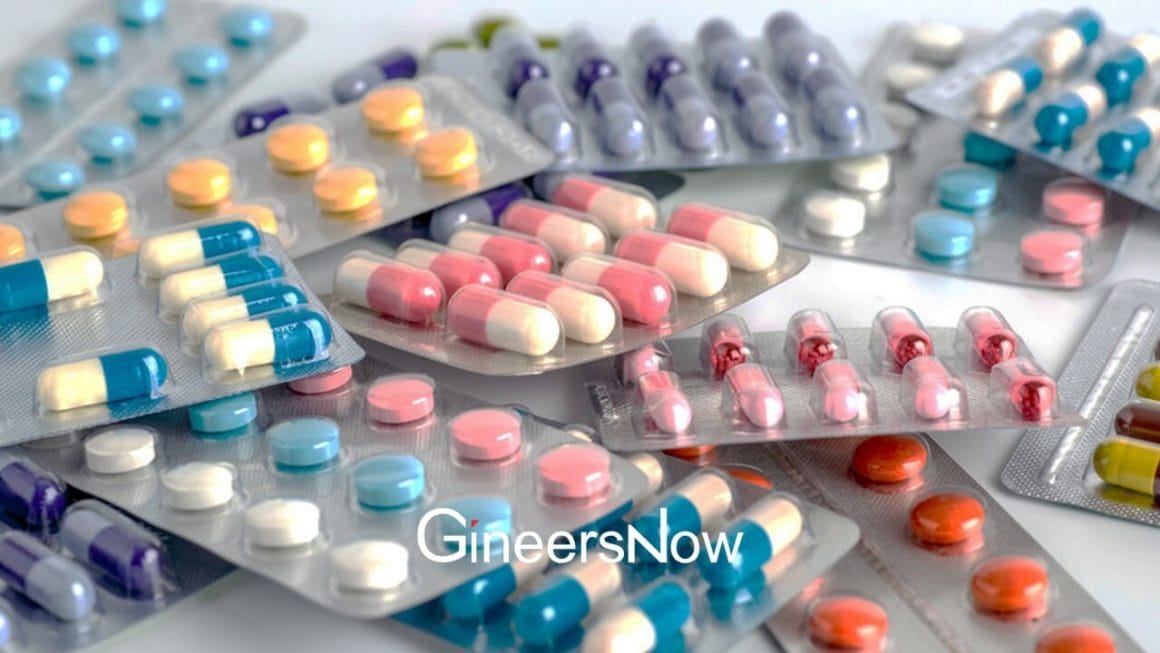
Personal Care
Face masks, moisturizers, and makeup won’t be complete without polyvinyl alcohol. So are other products such as sunscreens, body washes, and facial or body creams. Skin whitening solutions and hair treatment creams also benefit from PVA use.
Fabric And Fashion
PVAs make yarns stronger. The polyvinyl alcohol-treated fabric becomes more resistant to water and moisture when added to polyester fabric. Manufacturers also use PVA to cotton fabric to make water-resistant yet breathable clothing.
Paper
Polyvinyl alcohol can improve paper strength when applied on the surface, making them highly useful. Improved paper surface quality and water solubility have also attracted the wide use of PVA in the 3-d printing industry.
Because of its great barrier capabilities, PVA films are also used to coat paper used in food packaging. Additionally, artists can use PVA-coated painting paper to boost the canvass’ preservation properties.
Another reason for PVA’s high demand is its eco-friendly attributes. As the movement for going green is gaining traction, consumers are demanding manufacturers use biodegradable materials in their products and packaging.
PVAs may be synthetic polymers, but they’re completely water-soluble and decompose over time. They don’t contain microplastics, unlike polyvinyl chloride or PVC—which is also used as a multi-application plastic containing harmful chemicals like phthalates.
Concluding Thoughts
Polyvinyl alcohol has multiple applications. Yet, unlike other synthetic compounds, it does not harm human health and the environment, making it an essential additive in various industrial applications in the food, personal care, clothing, paper, and medical sectors, to name a few. Even better, it helps preserve the environment by helping reduce plastic use—making it a worthwhile consideration for all manufacturers.


